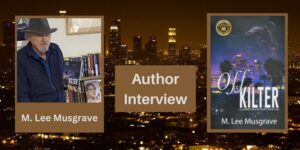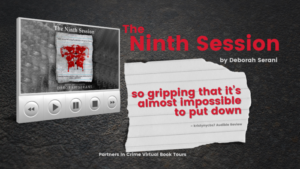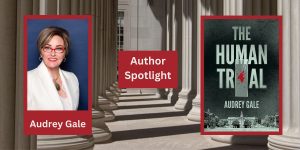Tell us about your most recent book, coming out on Dec 10th?
The book, titled Langleyis a photo history of the small city of Langley on Whidbey Island where I’ve lived for the past 12 years. It is part of the Images of America Series from Arcadia Publishing www.Arcadiapublishing.com, a press with 8,000 local and regional history titles. You’ve probably seen other books in this series, identified by sepia-colored historic photos on their covers. The book’s cover pictures the iconic Langley watering hole, The Dog House Tavern.
I co-authored this book with Robert Waterman, a brilliant local historian who has been collecting photos of Langley for a decade. This partnership worked well with Bob selecting and scanning over 200 historic photos while I wrote the text and worked with the publisher.
The book showcases the town’s history of exactly 100 years, but I admit to having two favorite chapters. The first tells how, in 1920, Langley elected an all-women town administration, the second municipality in the entire nation to do so. My other favorite chapter describes a thriving art colony established by Margaret Camfferman, a member of Seattle’s “Group of Twelve” painters from the 1920s-1940s. While researching this chapter I discovered a photo of several women artists at the art colony and discovered that one of the women in the photo was my great aunt. I enjoyed all—will let’s say most—of the research for this book but finding that photo with my great aunt was a very special moment.
This is my third book of local Whidbey Island history. My first book told the history of the beach community where my family has had a summer cabin for nearly 100 years. That book, Down toCamp: A History of Summer Folk on Whidbey Island was self-published in 1997. The second book Community at theCrossroads: The History of Bayveiw on Whidbey Island was published in 2002 by Goosefoot Community Fund, an island-based non-profit. I tell you this to show the progression from self-publishing, (back in the day when that was less common and more complicated) to writing a book for hire, and now following the traditional route with an established press.
You have written about birds and birdwatching, what prompted your lifelong love affair with birding?
Yes, I’ve had a lifelong love affair with birds and nature. Those three history books might be called a pleasant distraction from decades of painting and writing about birds. I began publishing a birding column for a local paper in 1996. The book, Brushed byFeathers: A Year of Birdwatching in the West, published by Fulcrum Publishing in 2004, which I also illustrated, was my first opportunity to combine my art and writing. I’m also a writer for BirdNote, a radio program on the intriguing ways of birds, now broadcast throughout the United States. www.birdnote.org.
I often ask myself: Why birds? Both my parents enjoyed spending time outdoors, gardening and beachcombing. I relished summer weekends at our beach cabin and family camping vacations. In college I enrolled in an ornithology course, but it was simply to satisfy a science credit toward my teaching degree. If attendance at the course’s early morning field trip hadn’t been required to pass the class, I doubt I would have shown up. Fortunately it was required and I attended. It only took one such bird trip along the bluffs of the Mississippi River during spring migration and I was completely smitten by the dawn chorus of birdsong. I had never even heard of the dawn chorus before and I was enchanted with this musical gift from the natural world. After graduating with art and teaching degrees, I took up birdwatching and soon began painting birds.
Whidbey Island is a beautiful location. You have generations of family ties to the island, but what else has drawn you to live there year round, and write about that location?
The simple answer is “island life.” South Whidbey has a palpable sense of community. This is something I never completely understood until I researched the Langley history. Back in the 1970s artists, hippies and back-to-the-landers began moving into the town and put down deep roots that sprouted community spirit. Back then it was more remote and folks depended on each other. Four decades later that community spirit is still strong within the year-round resident population.
Plus this island is so dang beautiful. My home looks out over Possession Sound to Hat Island and beyond to the Cascade Mountain Range. I can see Mt. Baker to the north and, in the winter with the leaves off the trees, I can see Mt. Rainier to the south. Orcas swim past, grey whales feed in the shallow waters right below our bluff and our garden is alive with birds. The awe and wonder that I experience in this place everyday is integral to my writing and to the inspiration for my writing.
To explore that sense of how people relate to place here on Whidbey, I’ve started a collection of 41 short essays. This essay collection can be viewed at www.41WhidbeyPlaces.com. You’ll find true stories about local, everyday people and the inspiration they have found in our parks, walks on the beach and even our green cemetery.
Check back Dec 15th for Part II




Was delighted to learn about the 'dawn chorus' of birdsong and this book about Whidbey Island sounds fascinating. Very informative interview.
Thanks for your kind words, Joyce. Let me know when you want to get up for an early morning bird walk, maybe next May?